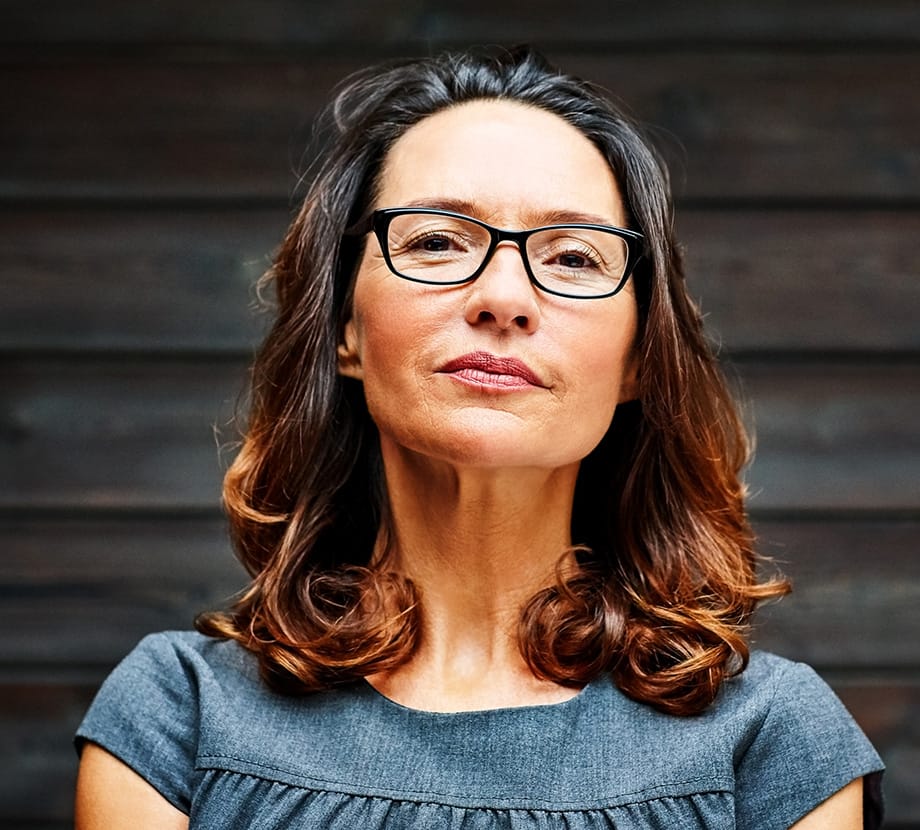With more than 200,000 procedures performed in the US each year, rhinoplasty has become one of the most popular cosmetic operations available. Its cosmetic and functional benefits have helped millions of people achieve a higher quality of life. Dr. Paul Leong’s practice specializes in rhinoplasty in Pittsburgh.
I after many years of wanting to have a “nose job” finally took the plunge and did what I wanted to do. I did my research and scheduled consultations with a few qualified surgeons and when I met Dr. Leong for the first time I knew that he would be the physician performing Rhinoplasty on me. I was 100% confident with my decision and I couldn’t have made a better choice.































